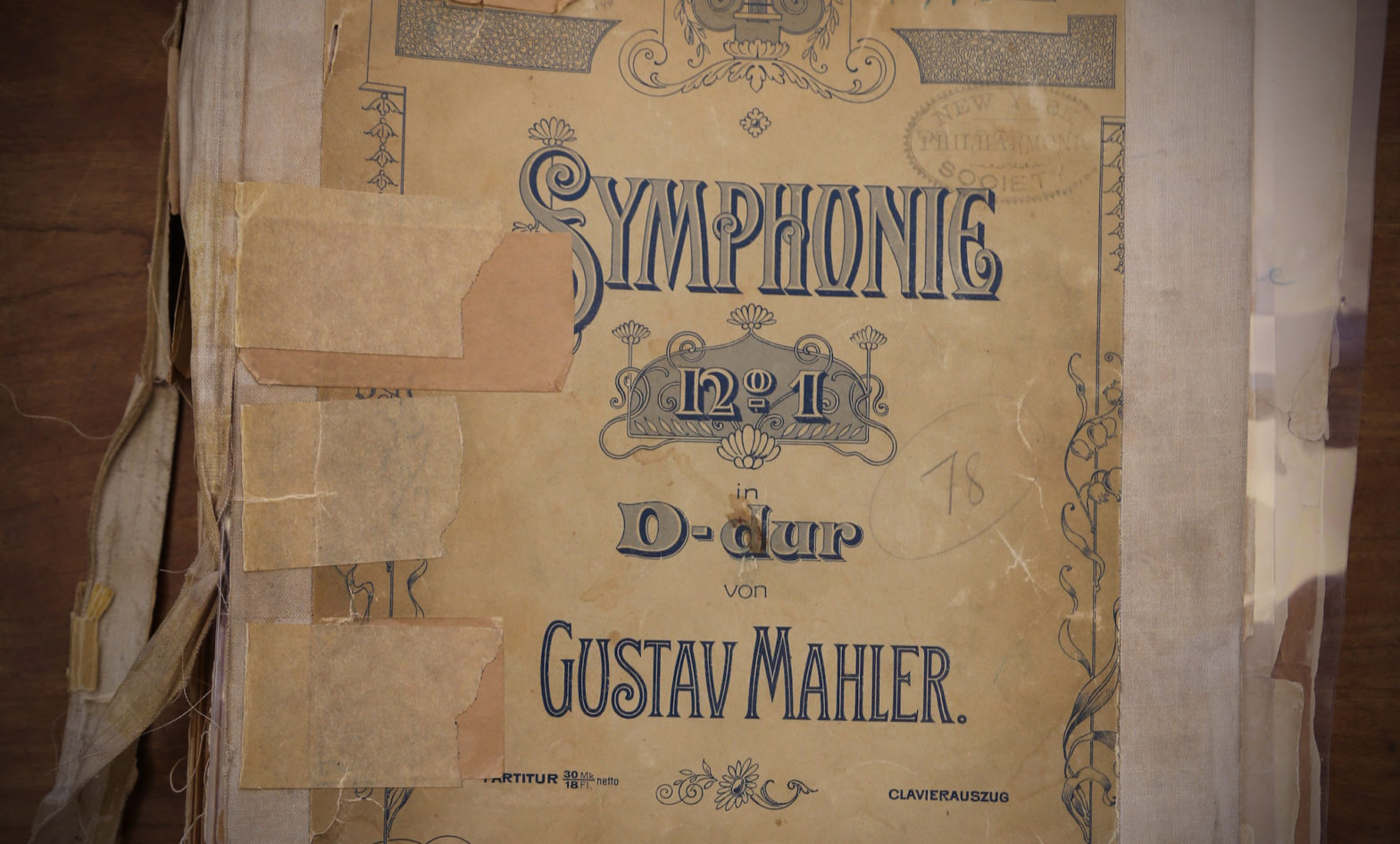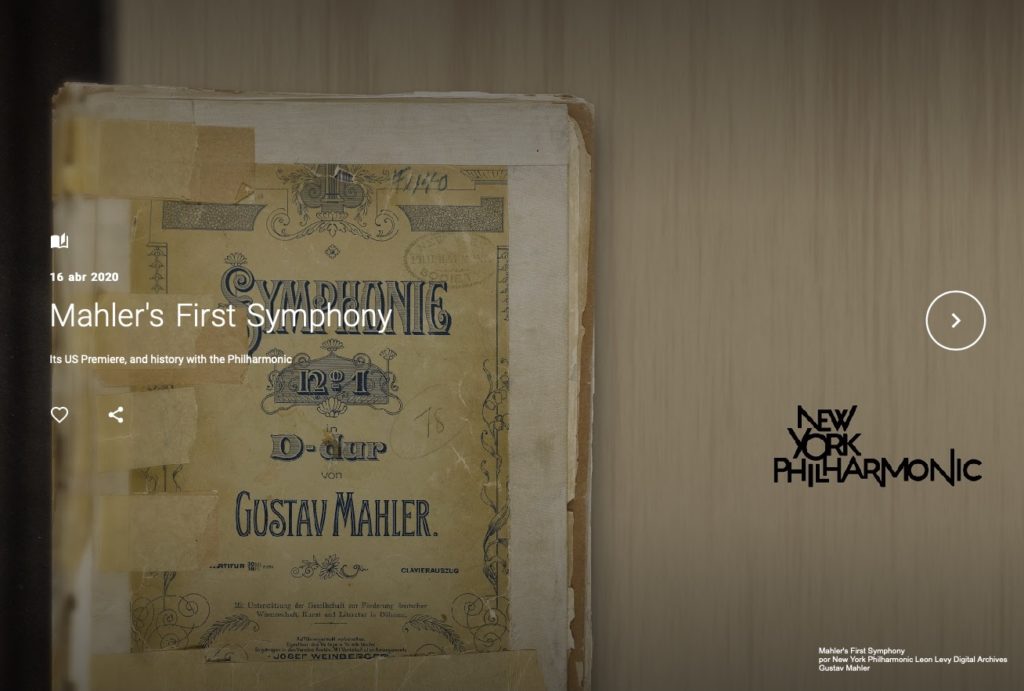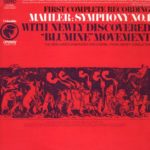
- From Symphony No 1 removed second movement (between the first and second movement as we know Symphony No. 1 today).
- Blumine: 1889 Concert Budapest 20-11-1889 - Symphony No. 1 (Premiere).
- Titan with Blumine: 1893 Concert Hamburg 27-10-1893 - Symphony No. 1, Des Knaben Wunderhorn (Premieres)
- Titan with Blumine: 1894 Concert Weimar 03-06-1894 ...

The Symphony No. 1 in D major by Gustav Mahler (1860-1911) was mainly composed between late 1887 and 03-1888, though it incorporates music Mahler had composed for previous works. It was composed while Mahler was second conductor at the Leipzig Opera, Germany.
Although in his letters Mahler ...
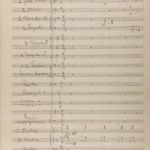
Very restrained throughout, D major. The first movement is in modified sonata form, with a substantially slow introduction. The introduction begins eerily with a seven-octave drone in the strings on A, with the upper octaves being played on harmonics in the violins. A descending two-note motif is then presented ...

Solemnly and measured, without dragging, very simple, like a folk-tune, once again somewhat more agitated, as at the start. A funeral march based on the children's song "Frère Jacques" (or "Bruder Jacob"). The third movement acts as the slow movement in the four-movement plan. The extra-musical idea behind it ...

Energisch, Stormily agitated - Energetic. The fourth movement is by far the most involved, and expansive. It brings back several elements from the first movement, unifying the symphony as a whole. The movement begins with an abrupt cymbal crash, a loud chord in the upper woodwinds, string and brass, ...
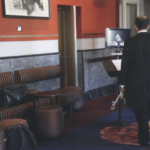
Woodwind
- 1 Bass clarinet Bb. Solo in Movement 1: Langsam, schleppend; Immer sehr gemachlich and Movement 3: Feierlich und gemessen, ohne zu schleppen.
- 3 Bassoon. Solo in Movement 3: Feierlich und gemessen, ohne zu schleppen.
- 3 Clarinet A.
- 4 Clarinet Bb.
- 4 Clarinet C.
- 2 Clarinet Eb. Solo in movement Movement 3: Feierlich und ...

Johann Paul Friedrich Richter (1763-1825), who wrote under the pseudonym Jean Paul (1763-1825), is known to have been Mahler’s favorite author.
It was he who wrote the novel Titan that briefly lent its name to Symphony No. 1 - a name by which it is again known today.
For the 1893 Hamburg and 1894 ...

